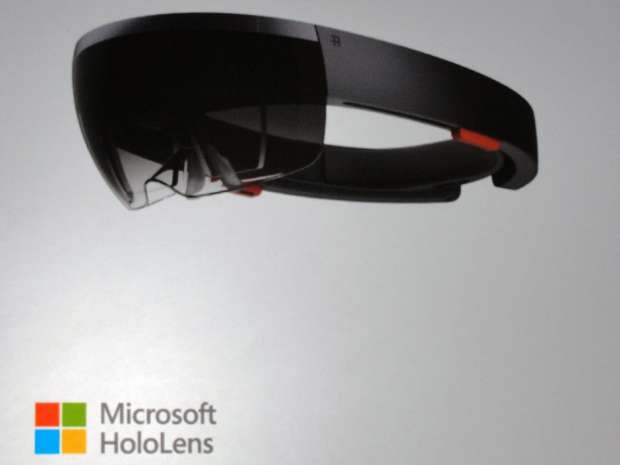Even as all major tech giants, including Sony, HTC and Samsung, are gearing up to launch their respective virtual reality (VR) headsets either by the end of the current year or early next year, Microsoft seems to be a little wary of entering the new market with its VR headset dubbed as HoloLens.
Despite claims that the Augmented Reality-based headset is ready for the consumers, there seems to be no sign of the device coming to the market anytime soon. Perhaps, the Redmond-headquartered tech giant is yet to overcome the negative experiences from the failure of Kinetic, Forbes reported.
Although the Kinect, which was also referred to as Project Natal, looked quite impressive in demos, when used real-time in living rooms, consumers discovered that the device's real functionality was very limited. They also realized that the Kinetic was not worth purchasing, apart from a few voice commands and a hardly any intermittent dance or sports titles.
Addressing a TED conference in Vancouver, Microsoft's Alex Kipman admitted that the Kinetic was not a pleasant experience for them. According to Kipman, the device was highly priced and was "just not ready to go sell 10 million units in 60 days." It seems that the company is yet to forget the painful experience.
"If a consumer bought it today, they would have 12 things to do with it," Re/code quoted Kipman as saying at the TED conference. "And they would say 'Cool, I bought a $3,000 product that I can do 12 things with and now it is collecting dust.'"
Explaining the delay behind the launch of HoloLens, Kipman said it would not be right for the company to release the Augmented Reality-based headset with a heavy price tag.
In effect, like the Kinetic, even the HoloLens appears too futuristic to exist. Nevertheless, HoloLens team released a new video for developers on Twitter offering a sneak peek into the device's user interface in action.
Prototyping has begun. Get an inside look as our #HoloLens team begins creating holograms for Galaxy Explorer.https://t.co/DgTjt70zx1
— Microsoft HoloLens (@HoloLens) February 23, 2016
The tutorial demonstrates the modified Windows 10 operating system of Microsoft gliding in the air, on account of the "hologram" technology that combines digital images with the physical world, Venture Beat reported. The clip shows the manner in which the Augmented Reality headset display employs swiping, pinching, and "air tapping" gestures for navigation.
Watch the latest video on HoloLens user interface in action as a part of Actiongram beta below:



























